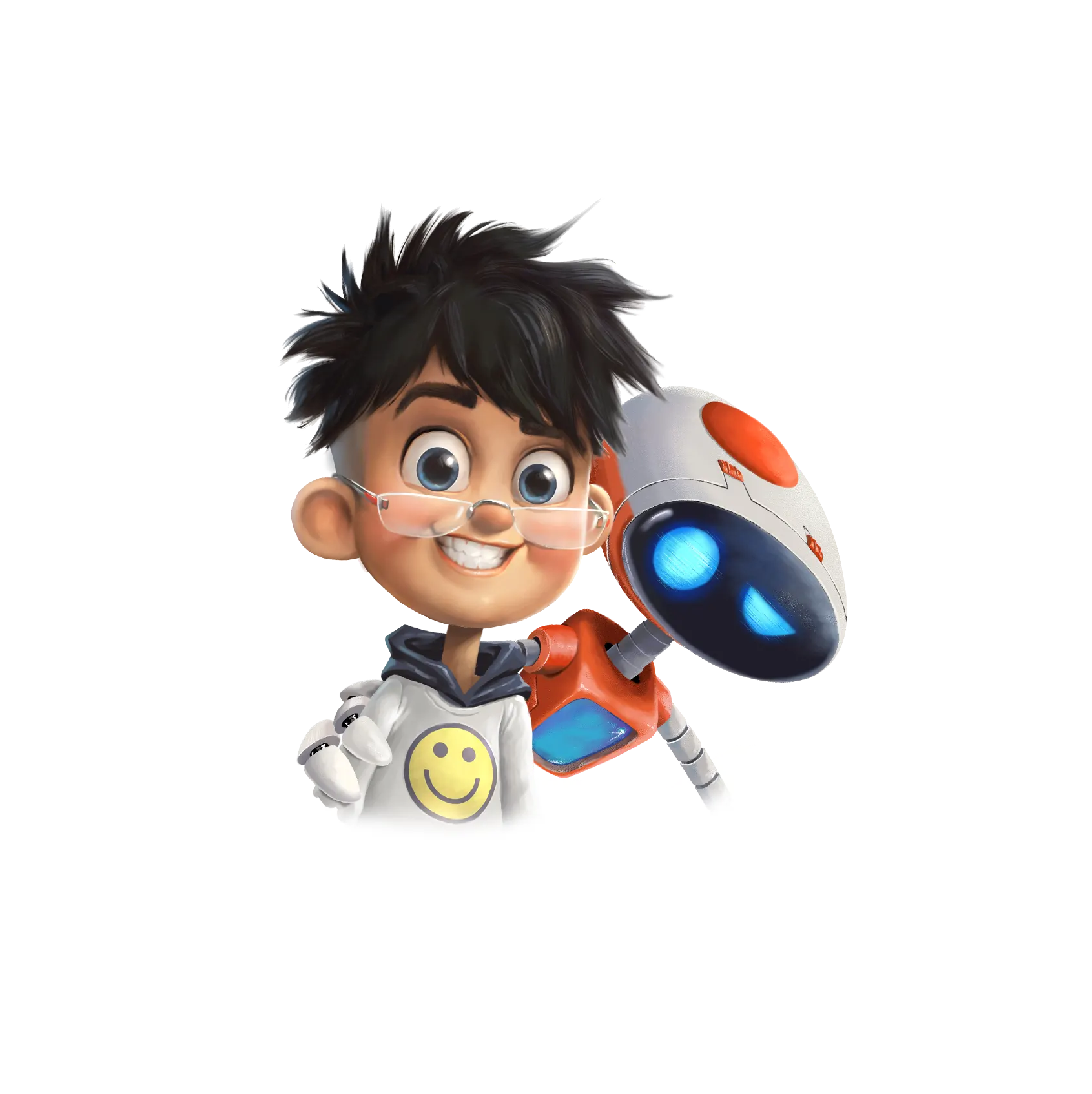For small animation studios looking to make their mark in the industry, attending animation festivals can be a game-changer. These events offer an invaluable platform to showcase talent, network with industry professionals, secure potential deals, and gain inspiration from the latest trends and innovations. However, with numerous animation festivals around the world, choosing the right one for your small studio can be a challenging decision. In this blog, we’ll explore three prominent animation festivals—MIPCOM, KIDSCREEN, and ANNECY—and help you determine which one aligns best with your studio’s goals and aspirations.
MIPCOM: The Global Content Market
MIPCOM, held annually in Cannes, France, is one of the most significant entertainment trade shows in the world. While it covers a wide spectrum of content, it is an essential event for the animation industry. MIPCOM attracts a vast array of international buyers, distributors, producers, and broadcasters, making it an excellent platform to pitch and sell your animation projects. This festival provides opportunities for small studios to engage in co-production partnerships, secure distribution deals, and gain exposure in the global market.
Pros:
- Access to a diverse range of international buyers and decision-makers.
- The potential to secure distribution deals and partnerships on a global scale.
- Exposure to various media platforms, including television, streaming services, and digital content providers.
Cons:
- High registration fees and associated costs may pose financial challenges for small studios.
- The competition is fierce, with many established studios vying for attention.

KIDSCREEN: Where Kids Content Comes to Life
KIDSCREEN SUMMIT is a leading annual event dedicated to the children’s entertainment industry. Held in Miami, Florida, this festival attracts broadcasters, content creators, licensing executives, and animation producers from around the world. If your small studio focuses on children’s animation, KIDSCREEN offers a targeted platform to showcase your projects, build relationships with key players in the industry, and gain insights into the latest trends in children’s content.
Pros:
- Focuses specifically on kids’ content, ensuring a relevant audience for your studio’s work.
- Smaller and more intimate settings, facilitate easier networking opportunities.
- Opportunities to participate in pitching competitions and gain recognition.
Cons:
- Limited to children’s content, which may not suit studios with broader animation genres.
- Location in Miami may involve significant travel expenses for international studios.
ANNECY International Animation Film Festival: Animation’s Mecca
ANNECY Animation Festival is one of the most prestigious animation festivals globally, taking place annually in Annecy, France. Celebrating the art of animation in all its forms, this festival showcases a diverse range of animated works, from short films to feature-length movies. ANNECY is a melting pot for animation enthusiasts, professionals, and studios from around the world. For small studios aiming to gain recognition and build relationships with influential players in the animation community, this festival offers a rich platform to do so.
Pros:
- A revered event that attracts the crème de la crème of the animation industry.
- Opportunities to screen your studio’s work alongside esteemed international productions.
- Seminars, workshops, and masterclasses by industry experts provide valuable learning opportunities.
Cons:
- As a highly prestigious festival, the competition for attention can be intense.
- Limited emphasis on business-related aspects, such as co-production deals and distribution opportunities.
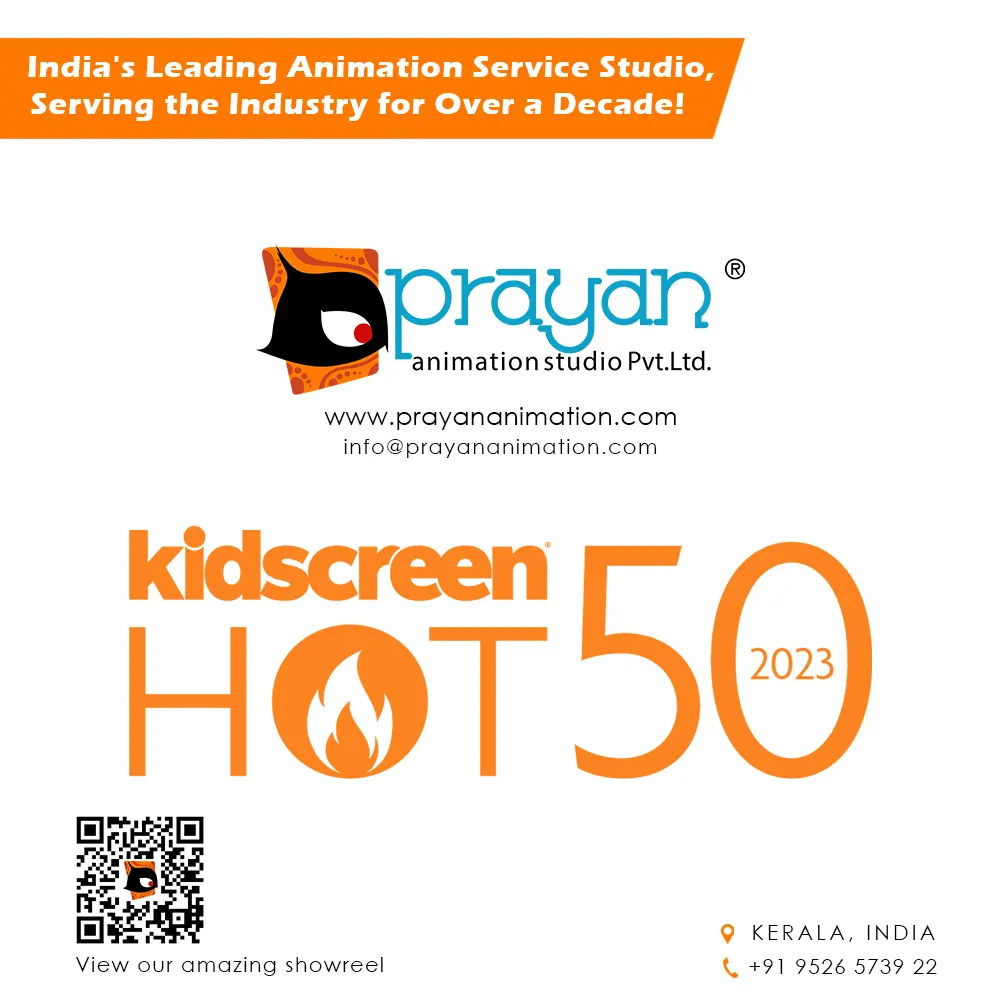
Conclusion
Choosing the right animation festival for your small studio ultimately depends on your objectives and the nature of your projects. MIPCOM offers access to a global market and potential distribution deals, while KIDSCREEN focuses on the children’s entertainment sector. On the other hand, ANNECY is a pinnacle for animation enthusiasts and offers invaluable exposure to industry influencers. Assess your studio’s long-term goals, target audience, and budget constraints before making a decision.
If you have the resources, attending multiple festivals can widen your reach and provide diverse opportunities. Regardless of the event you choose, participating in animation festivals is an investment in your studio’s future. The chance to connect, collaborate, and be inspired by fellow artists and industry leaders can propel your small studio to new heights, making your animation dreams a vibrant reality.


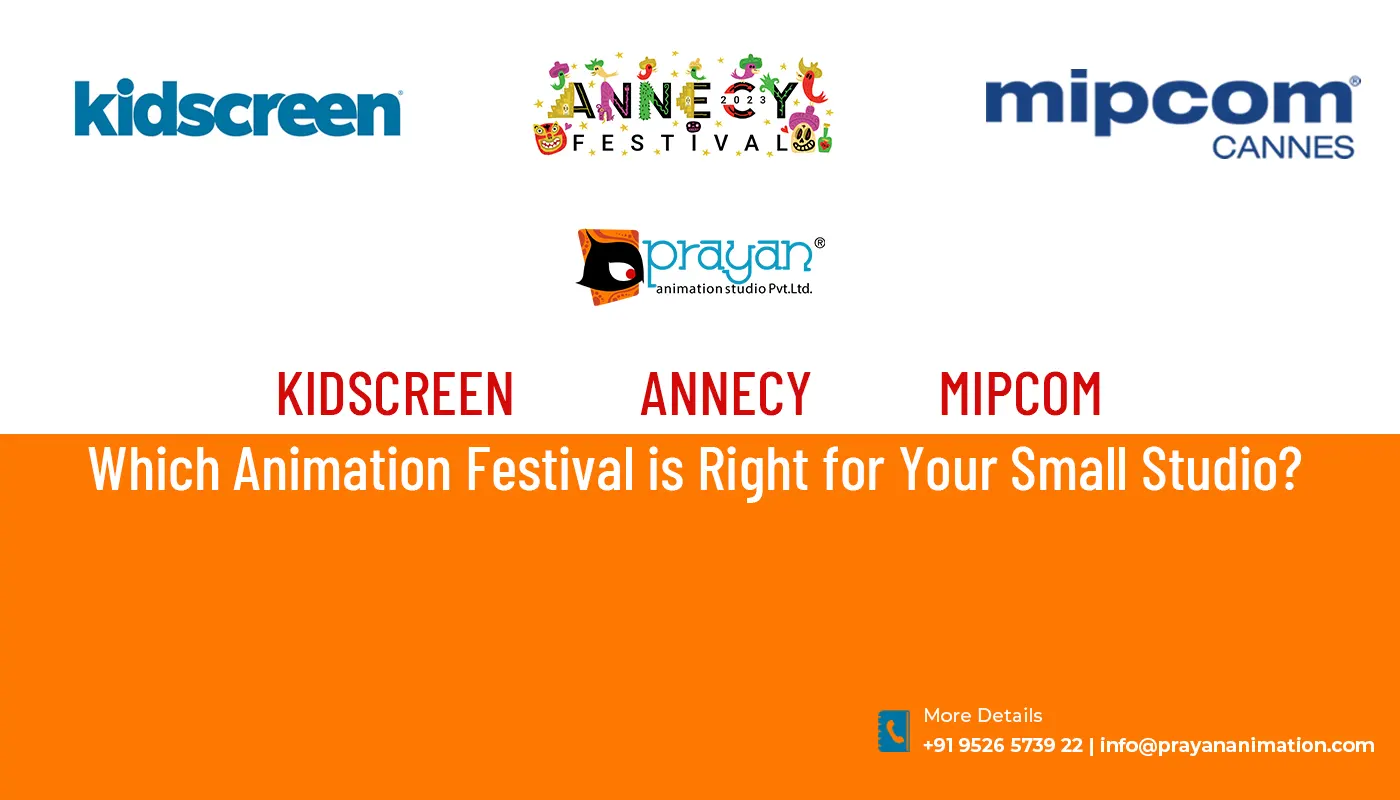
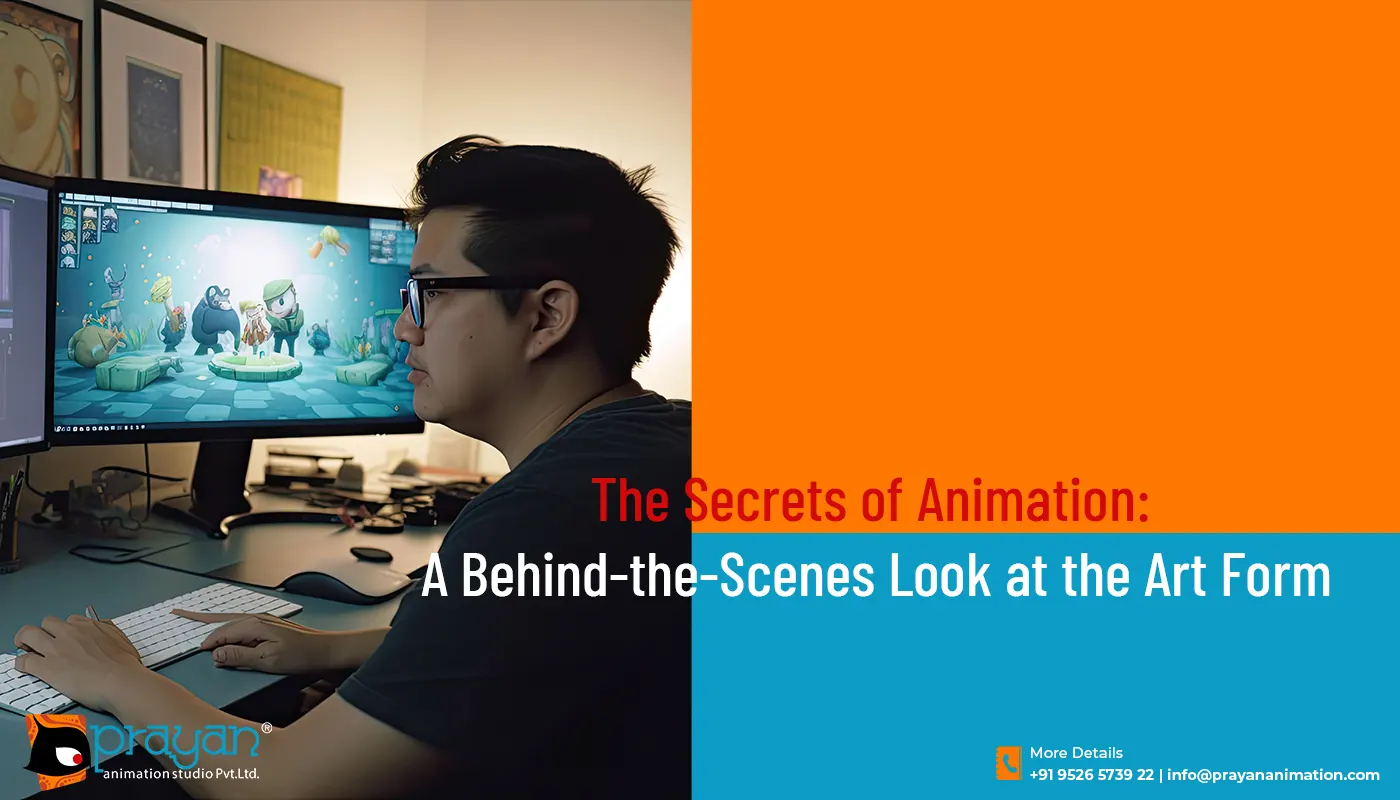
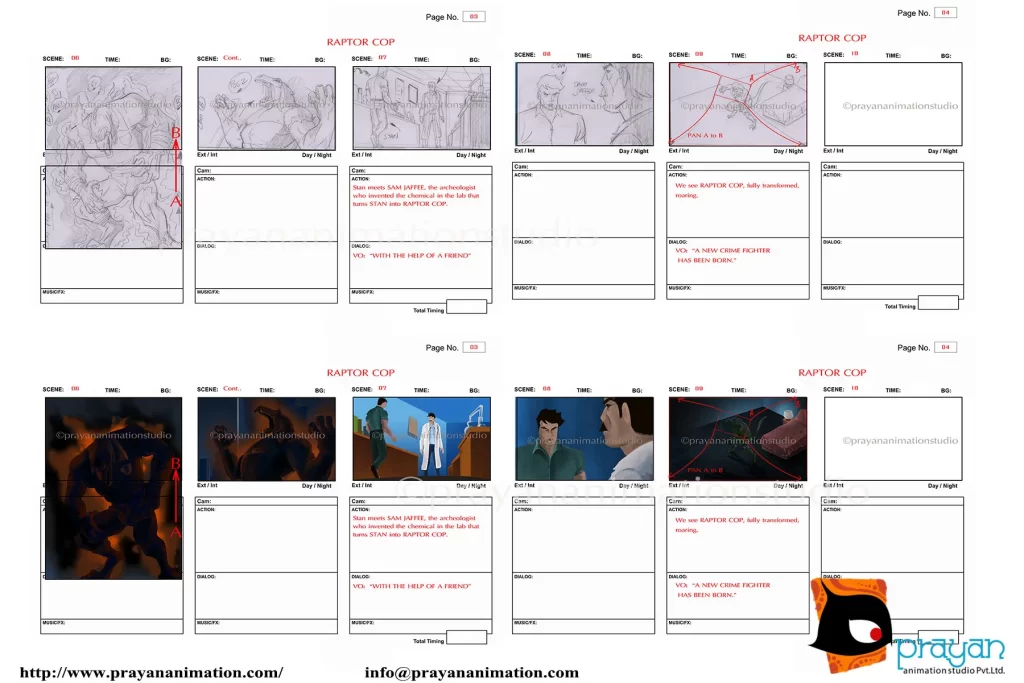
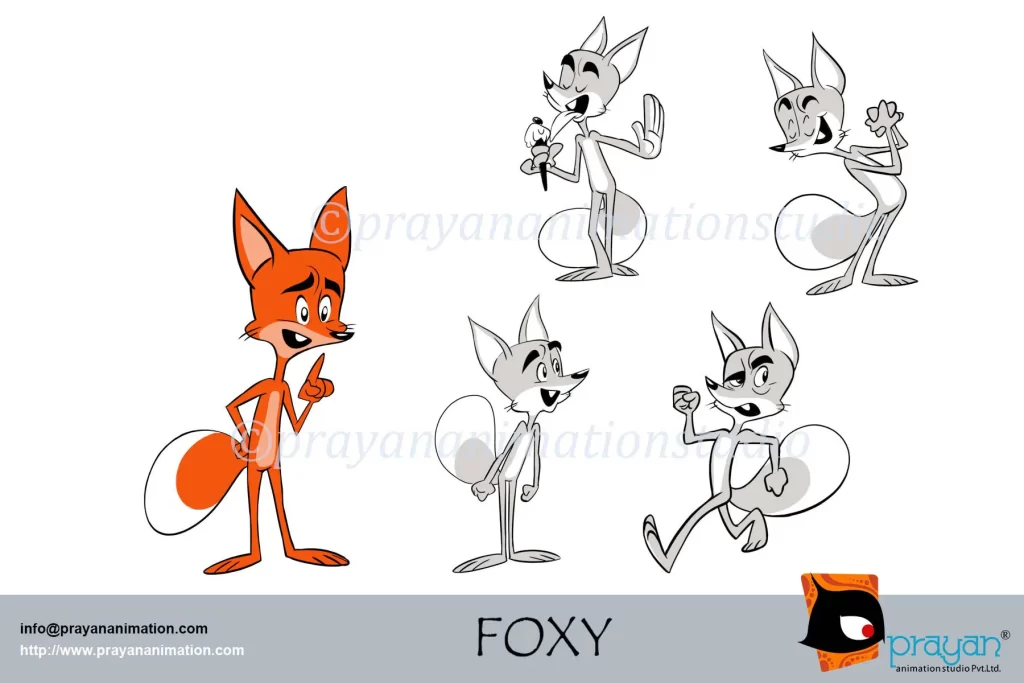










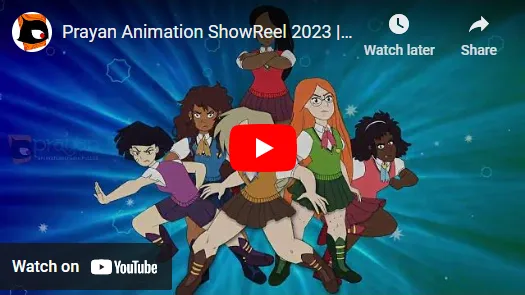

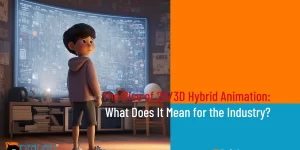


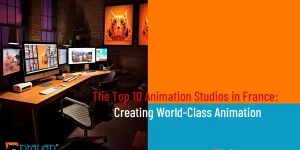

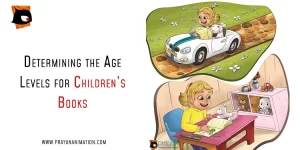
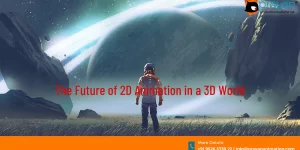

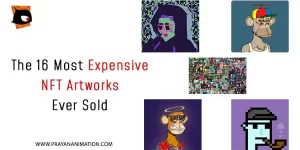
 We can help you.
We can help you. 


